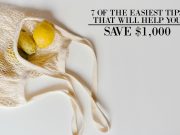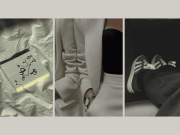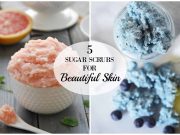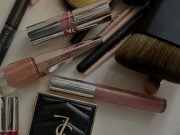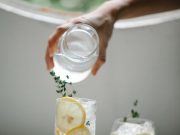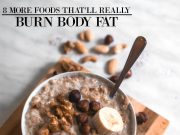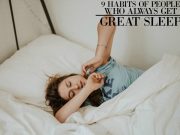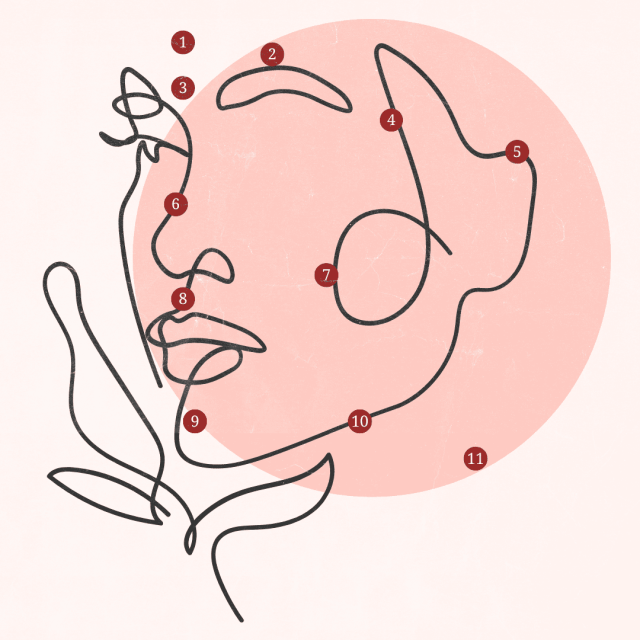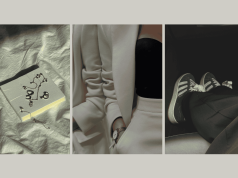Understanding Acne Mapping for Clearer Skin
Acne mapping is a simple yet effective way to figure out what’s causing your breakouts. As someone who’s dealt with acne since I was 11, I know how frustrating it can be to pinpoint the exact triggers. Since everyone’s skin is unique, it often takes trial and error to find what works.
Could it be your diet, skincare routine, pillowcases, or not drinking enough water? The list of possible causes feels endless. But over time, I’ve learned how to manage my breakouts and achieve clearer skin.
Since my solutions might not work for everyone, I’ve created this acne face map to help you identify your triggers and find what works best for you!
Note: Always do your own research and consult a dermatologist for personalized advice. Your skin deserves the best care! ❤️
How to Map Your Acne
1. Forehead
- Causes: Hormonal changes, stress, or leftover hair products (like shampoo).
- Solutions:
- Consult a doctor about hormonal imbalances.
- Reduce stress with relaxation techniques.
- Get enough sleep.
- Rinse hair and face thoroughly to remove product buildup.
2. Brow Line
- Causes: Hormonal shifts (like periods), leftover makeup, or an unhealthy diet.
- Solutions:
- Remove makeup properly.
- Eat whole, unprocessed foods.
- Stay hydrated.
- Avoid excessive eyebrow waxing (can cause irritation).
3. Between Eyebrows
- Causes: Rich foods, alcohol, late-night snacking, or hormonal changes.
- Solutions:
- Drink more water.
- Eat liver-friendly foods (leafy greens, beets).
- Remove makeup and cleansers completely.
- Prioritize sleep.
4. Temples
- Causes: Dirt or hair product buildup.
- Solutions:
- Pay extra attention to cleansing this area.
5. Ears
- Causes: Kidney issues or clogged pores.
- Solutions:
- Drink more water.
- Cut back on caffeine, salt, and alcohol.
- Clean ears gently in the shower.
- Use makeup wipes if needed.
6. Nose
- Causes: Makeup residue, stress, poor circulation, or digestive problems.
- Solutions:
- Wash your face nightly (even without makeup).
- Clean makeup tools regularly.
- Improve blood flow (exercise, massage).
- Manage stress and sleep well.
- Avoid overly spicy or processed foods.
7. Cheeks
- Causes: Dirty pillowcases, makeup brushes, phones, or respiratory issues (allergies/smoking).
- Solutions:
- Change pillowcases frequently.
- Wash makeup tools weekly.
- Sanitize your phone.
- Address allergies or quit smoking.
8. Upper Lip
- Causes: Touching the area, makeup/lip balm residue, or hormonal changes.
- Solutions:
- Avoid touching your face.
- Remove all makeup thoroughly.
- Balance hormones with doctor’s guidance.
- Eat hormone-friendly foods (flaxseeds, leafy greens).
9. Chin
- Causes: Digestive issues, food allergies, hormones, caffeine, or alcohol.
- Solutions:
- Discuss hormonal treatments with a doctor.
- Track food triggers with a diary.
- Limit caffeine and alcohol.
- Wash your face daily and stay hydrated.
10. Jawline
- Causes: Touching the area, pore-clogging products, or poor diet affecting the liver.
- Solutions:
- Use non-comedogenic skincare.
- Eat clean, whole foods.
- Remove makeup every night.
- Avoid resting your chin on your hands.
11. Neck
- Causes: Stress, perfumes, sun damage, or dirty pillowcases.
- Solutions:
- Cleanse your neck daily.
- Apply sunscreen.
- Practice stress relief (meditation, exercise).
Final Thoughts
Figuring out your acne triggers takes time, but with patience, you’ll see progress. Many of these tips—like washing your face, eating well, and staying hydrated—help clear multiple areas at once.
If you have questions, drop them in the comments! I’m happy to help. 🙂

